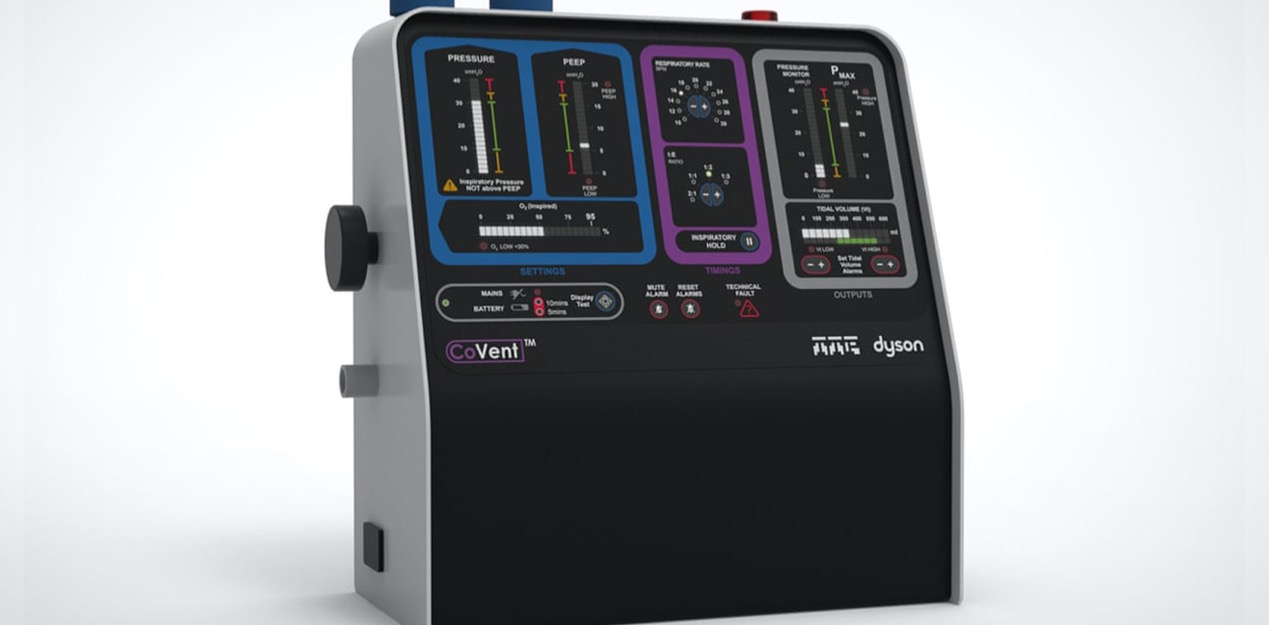AÑO
2023
CATEGORÍA
Cuerpo
OBJETIVOS
Salud y bienestar, Industria, innovación e infraestructura, Paz, justicia e instituciones sólidas, Confianza, tolerancia y empatía, Armonía Generacional
PAL. CLAVE
artificial intelligence, Alzheimers, Early testing, symptom testing, AI in medicine
PAÍS
United States of America
CRÉDITOS
Linus Health
LINK
https://linushealth.com/blog/digital-clock-drawing-test-can-detect-alzheimers-biomarkers-in-individuals
Linus Health DCTclock
A digital version of the clock drawing test that identifies Alzheimers before clinical symptoms.
How does it work?
The Linus DCTclock test prompts participants to both draw from memory and then copy an analog clock face using either a digital pen with paper or a mobile device. By capturing the entire process of task performance, rather than solely the end-product, the Linus DCTclock takes into account the cognitive function of the person performing the test. Artificial intelligence and machine learning analyze not only the correctness of the clock face and hands, but also features of the drawing process, including movement and spatial patterns, revealing subtle signs of cognitive impairment.
Why is it needed?
The test takes roughly two minutes to administer compared with 30 minutes for the PACC, significantly reducing the burden on patients, clinicians, and clinical trial teams. The results of this study show that the DCTclock test can detect very subtle cognitive changes, allowing it to serve as a quick, yet highly sensitive “brain vital sign” that can indicate the need for more comprehensive testing. The DCTclock can now also be easily deployed in a clinical setting with a stylus and tablet such as an Apple iPad and Pencil.
How does it improve life?
Its use would help identify patients with Alzheimer's disease earlier than clinical trials meaning that more preventative actions could be taken.




